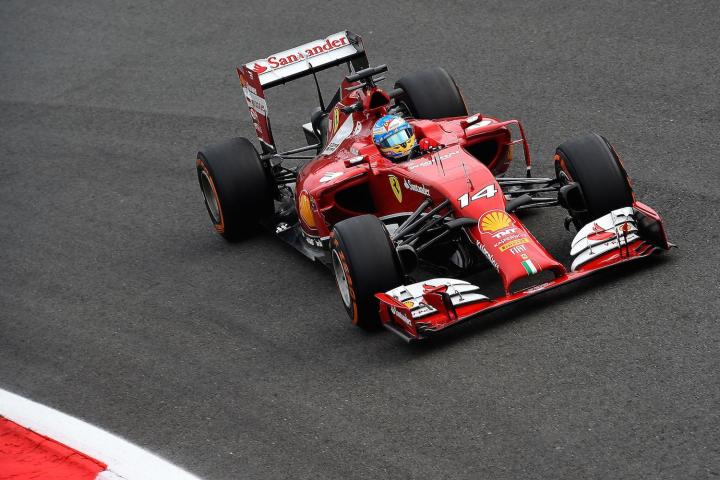
The group, made of an illuminati-like cabal of F1 boss Bernie Ecclestone, FIA president Jean Todt, and heads of Ferrari, Mercedes, McLaren, Red Bull, Williams, and Force India teams. Representatives from the sport’s engine providers were also invited to attend.
Meeting yesterday in Biggin Hill to talk about all the issues going on with the sport, the group voted on measures to address a number of key issues to make things fun and competitive. One of the biggest is the reintroduction of refueling the car, which abolished in 2010 as a cost saving measure.

Scheduled for 2017, the FIA stated that the maximum fuel race allowance would remain in place, but for now, at least, it doesn’t all have to be in the car at once.
Its reintroduction is a big deal for a number of reasons, mainly where strategy is concerned. Currently, the cars are topped off with enough fuel to make it completely through the whole race in one tank. This makes the car initially quite heavy, getting lighter (and faster) towards the end of the race. It doesn’t really leave teams with much room to work with when calculating a plan of attack, leaving them to focus mostly on tire wear and degradation.
With the return of refueling, it opens up a much wider array of strategy options that could win or lose a race. Maybe a team will run the car really light, making it fast but require more stops. Maybe they will fill it up and shoot for just a one-stop race. There’s a lot of permeations to go through now.

Other proposals that were voted on were to increase the rev limit and noise of the engines and making them look more aggressive. It may sound superficial, but hey, we like our cars loud and mean looking. The cars will also run faster, with aerodynamic rule changes, weight reduction and wider tires instead of engine output increases. This should make each racer five to six seconds faster per lap.
This doesn’t plug all the holes that Formula 1 has to address, but its at least a move in the right direction in terms of stuff that satisfies fans more so than teams. We’ll be interested in seeing the changes when they come, as well as any further ones that may crop up in the mean time.


